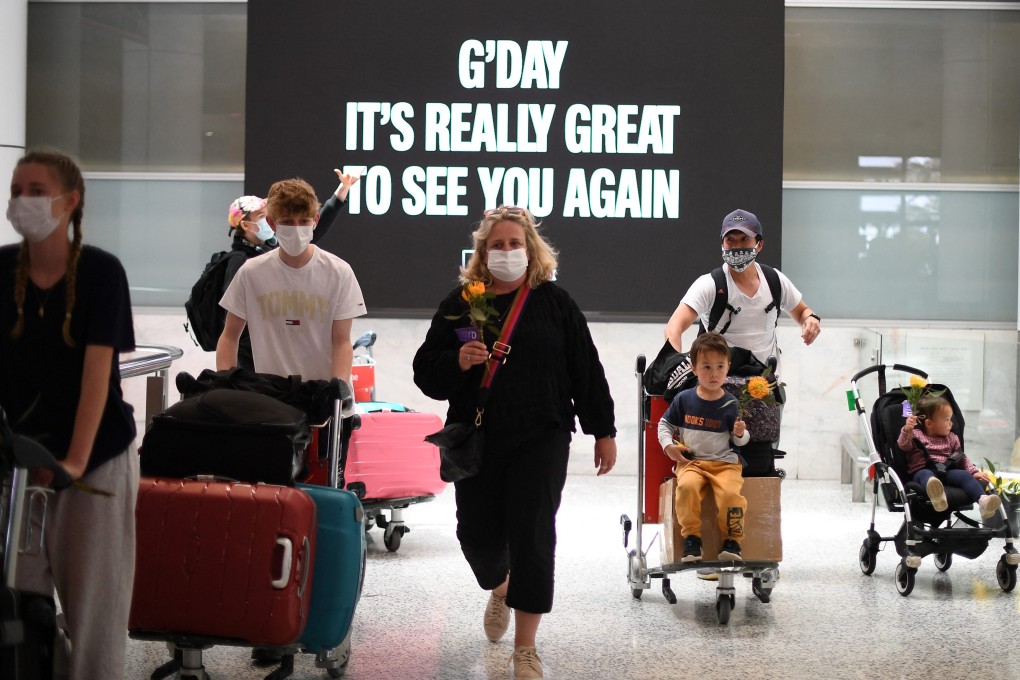Destinations known | Does Australia need Chinese tourists? Confidence in domestic tourism to prop things up could be misplaced
- Domestic tourism made up almost three-quarters of Australia’s market in 2019 but Covid-19 and recent bush fires have seen spending plummet
- Soured Australia-China relations and warnings of racial discrimination are likely to keep many Chinese tourists away even when normal travel resumes

Way back in 2019, before we had become acquainted with “selfish” masks, spike proteins and the Greek alphabet, Tourism Australia was chasing a dream: the high value traveller.
“High value travellers (HVTs) are empowered and increasingly knowledgeable about the world around them,” wrote the tourism body in a report. “They know what they want, when they want it and where they want to get it.”
Apparently, China is home to 20.4 million of these mythical voyagers, who spend up to three times more than the “average traveller” and “of which 10.8 million are considering visiting Australia in the next four years”.
Two of those four years have now passed and Chinese HVTs remain a fantasy. Even as Australia looks forward to fewer entry restrictions – and thus more tourists – in 2022, affluent arrivals from the Middle Kingdom are expected to stay away, something that Australian tourism minister Dan Tehan would like everyone to know the nation is fine with.
“Tehan says Australia doesn’t need dollars from Chinese travellers, as the country gears up to reopen to the world,” reported News.com.au on December 9.

